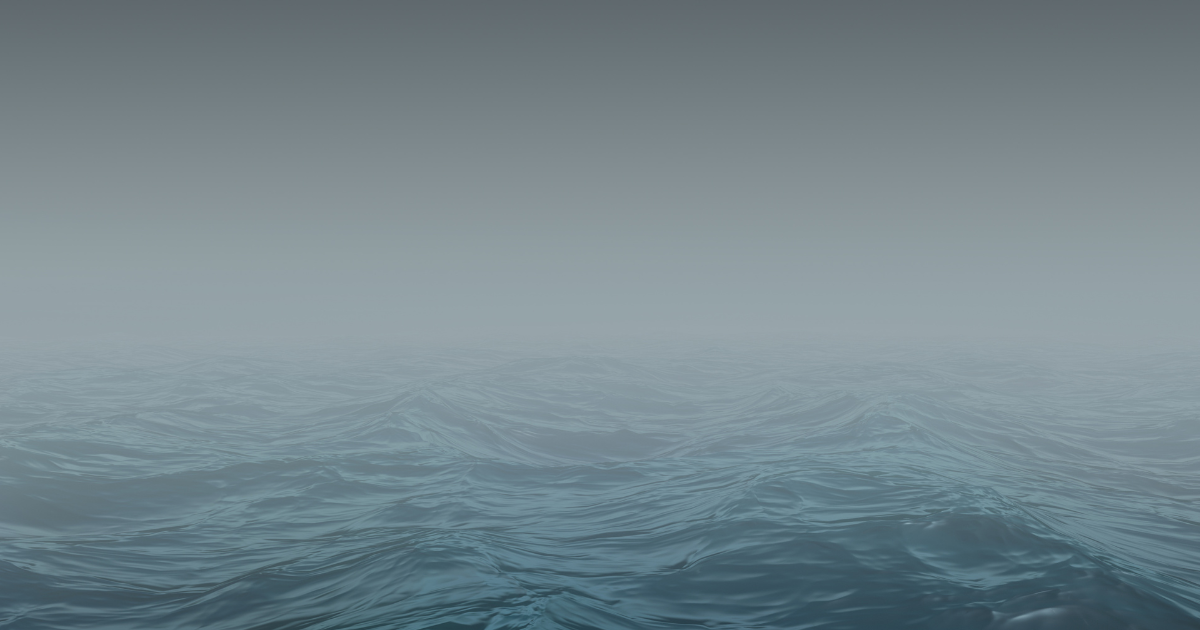What happened?
Whilst we often consider weather conditions in terms of things like swell and wind when we go to sea, we sometimes fail to consider other elements that can affect our trips significantly, like fog, heavy rainfall, mist, etc. Whilst these elements will always sit outside of our direct control, we can plan and make some changes to our operation to reduce risk if these elements are present!
What we learned:
Small controls such as those covered by The International Regulations for Preventing Collisions at Sea (COLREGS) such as proceeding at safe speed can be really beneficial to consider when planning for trips that involve or could involve adverse weather conditions that impact visibility.
Tips and Tools
Marine order 30 sets out the requirements for:
- prevention of collisions
- internationally agreed measures for navigation
- lights and signals to be used by a vessel.
Resources:
- https://www.amsa.gov.au/about/regulations-and-standards/marine-order-30-prevention-collisions
- Maritime Safety Queensland Guideline to Navigation lights: https://www.msq.qld.gov.au/safety/navigation-lights
- Government guide to identifying vessels at night: https://www.nsw.gov.au/driving-boating-and-transport/waterways-safety-and-rules/navigation-marks-lights-and-sounds/vessels-at-night
- Guideline to boat safety, including section on navigation lights requirements: https://www.marinesafety.sa.gov.au/your-safety-and-operations/boating-rules

